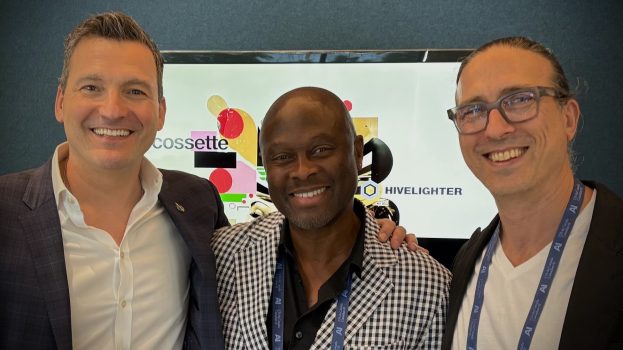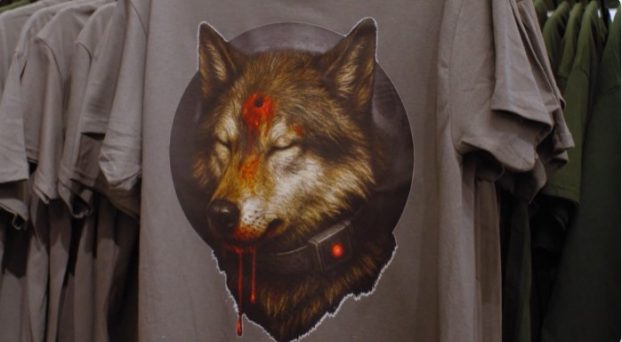Cossette and Leger research have partnered on a new measurement tool that strives to give brands deeper insight into their relationship with audiences.
The offering, named Ovation, provides brands with measurement scores calculated on the basis of five different relationship components: brand exposure, level of interaction with the brand, level of satisfaction, brand distinctiveness and brand identity.
Brand exposure refers to familiarity with and consideration for the brand. Level of interaction refers to the levels of purchase, visits and use, as well as purchase drivers and impediments. Level of satisfaction looks at brand appreciation and satisfaction with aspects of the consumer experience. Brand distinctiveness relates to the perceived uniqueness of the brand. Brand identity refers to the appreciation of the brand identity and messaging.
The offering has been in market for around a year, and has so far been tested with a retail banner in the grocery space, according to Christian Bourque, EVP at Leger.
The official unveiling follows Sid Lee’s own “Conversational Capital Index,” revealed during C2 Montreal in May. The platform examines digital conversations with qualitative – rather than quantitative – data, giving advertisers the opportunity to tap into online conversations and target their audiences with more relevant content.
According to an Ovation pitch deck provided to strategy, scores are presented alongside industry averages and those of other brands, giving clients an overview of their industry and competitors. Moreover, Ovation allows for audiences to be segmented according to the five relationship components, and comes with “action levers” to help them improve their index scores.
Ovation is the result of around two years of research and refinement, says Bourque, a process that included surveying some 5,000 Canadians and analyzing more than 205 brands across 12 sectors and 25 sub-sectors. More brands will be added to the index over time, he says.
Cossette’s role involved designing the report and determining the dimensions that were to be examined in the study, according to Bourque. It therefore played a heavier role in the earlier stages of development.
Bourque says the model is not only useful for the traditional advertising and communications practices, but can also offer clients insights on a variety of touchpoints, including social platforms and retail. While it is intended to have broad applications, clients operating in spaces where brand relevance is high and conducive to interaction, such as apparel, cosmetics and grocery, are likely to benefit the most. Sectors such as insurance, where brand identity and interaction is often lower, may not be as well suited, he says.
Both the agency and the research firm will be offering Ovation to the clients, both jointly and independently in some cases, such as when conflicts exist.

























